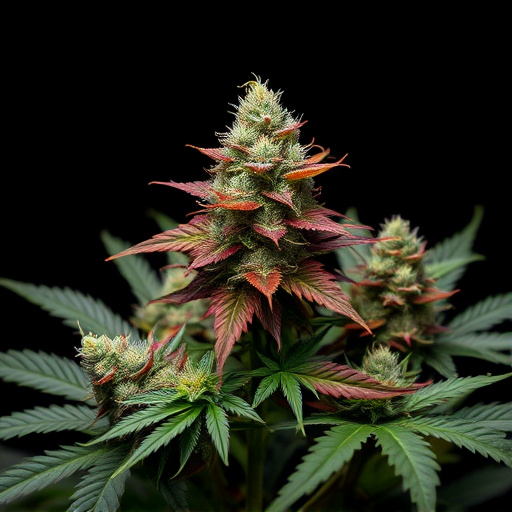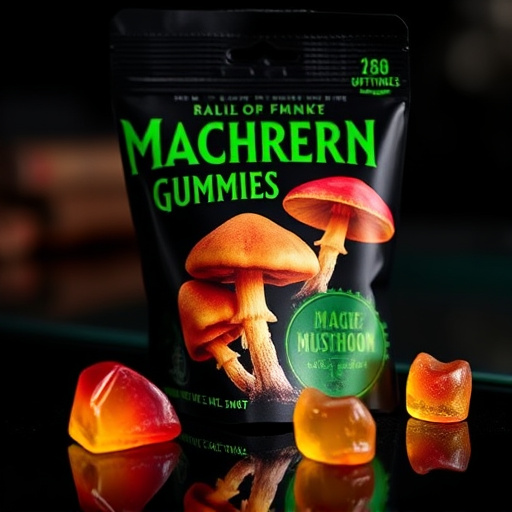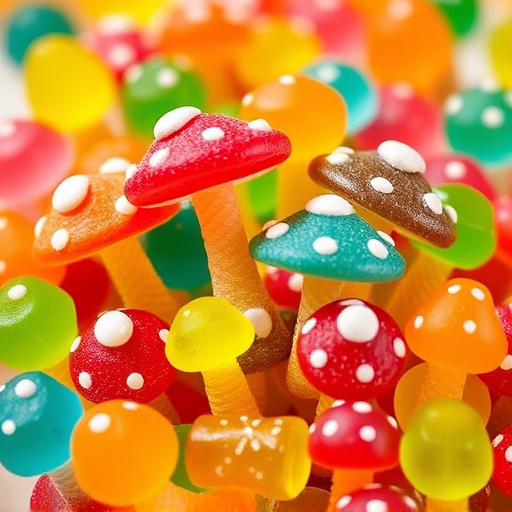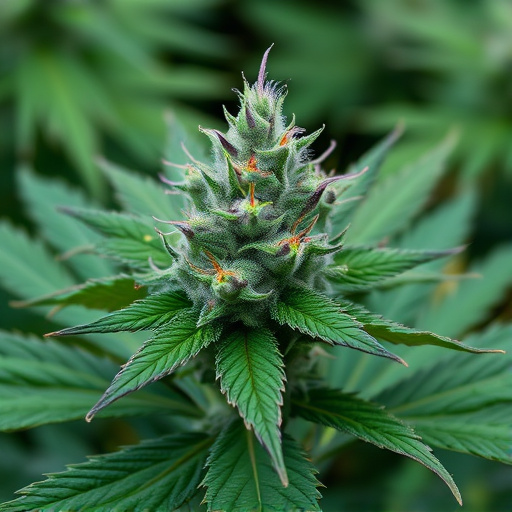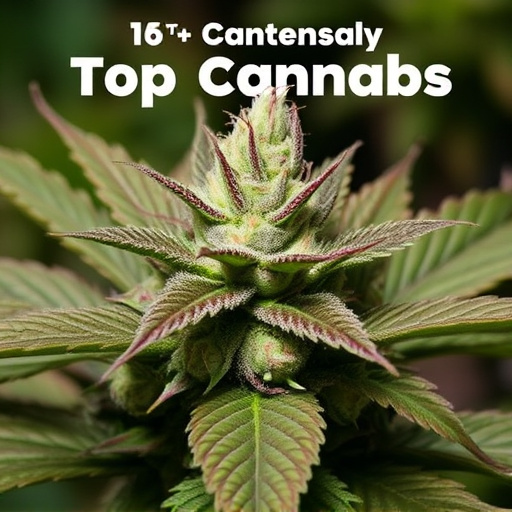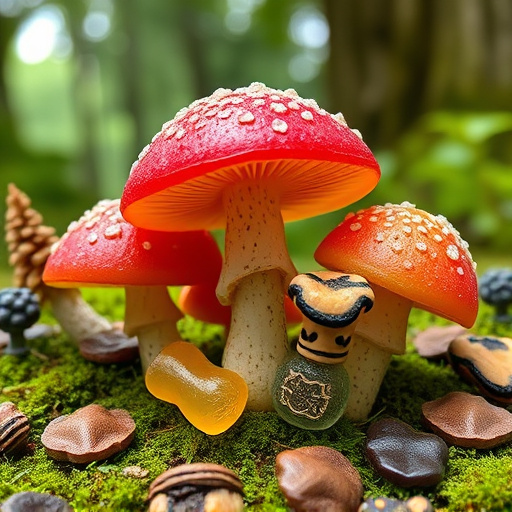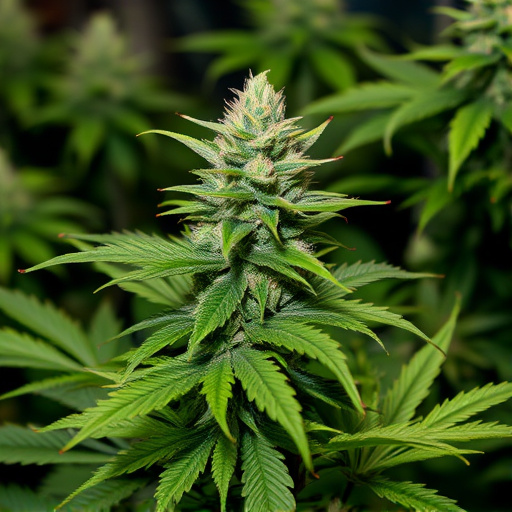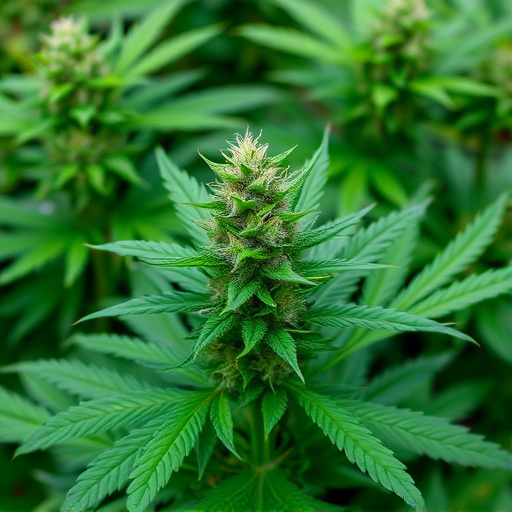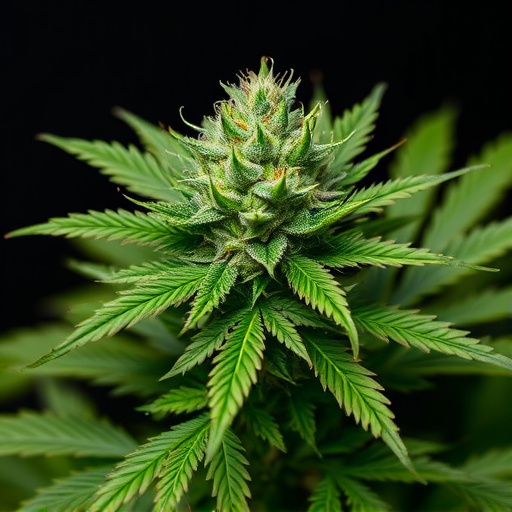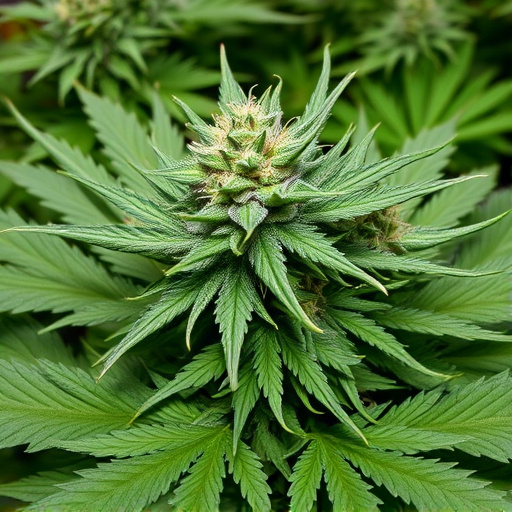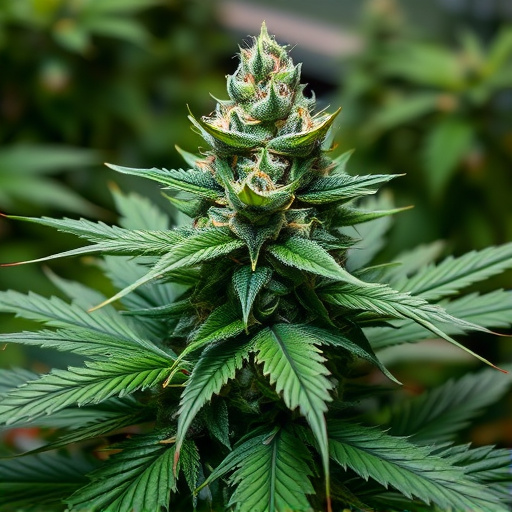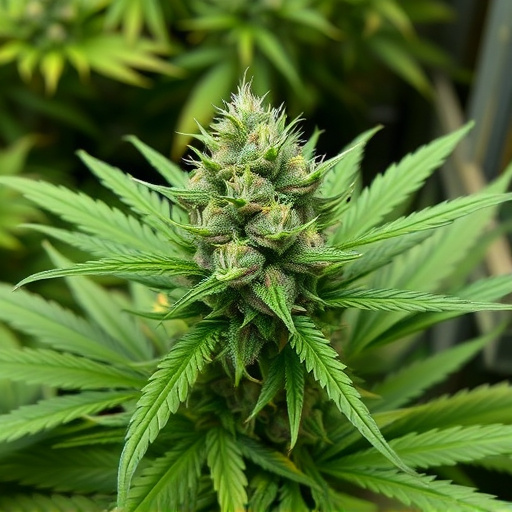The unique visual characteristics of Cannabis sativa strains are determined by their genetic makeup and environmental influences. Genes control pigment production, particularly anthocyanins, which create iconic colors like purple, red, and blue. Cultivators can develop new strains with specific color traits through gene exploration. Environmental factors, such as light and soil nutrients, also impact anthocyanin levels, contributing to the diverse cannabis landscape.
Uncover the intriguing mysteries behind the vibrant hues of ‘purple’, ‘red’, and ‘blue’ weed in this comprehensive guide. We explore the complex world of cannabis sativa strains, their genetic makeup, and how it contributes to these unique colors. Delving into the science of pigments like anthocyanins, chlorophylls, and carotenoids, we uncover their roles in shaping the final aesthetic. Additionally, environmental factors play a crucial part in this natural palette, creating diverse color variations in cannabis sativa strains.
- Understanding Cannabis Sativa Strains and Their Genetic Makeup
- The Role of Pigments: Anthocyanins, Chlorophylls, and Carotenoids
- Environmental Factors Influencing Color Variation in Weed
Understanding Cannabis Sativa Strains and Their Genetic Makeup
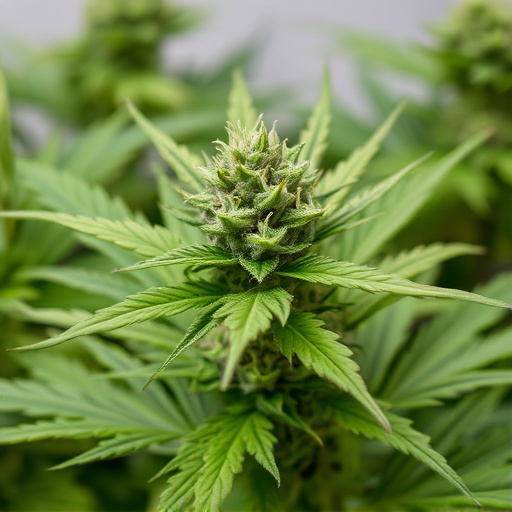
Cannabis plants, scientifically known as Cannabis sativa, exhibit a vast array of genetic variations that contribute to their diverse appearances and effects. Understanding these strains is crucial when exploring the causes of different colored weeds. Each cannabis strain carries unique genetic markers, influencing traits like pigment production and terpene profiles. The colors we associate with cannabis—purple, red, and blue—are often indicative of specific chemical compounds and anthocyanin levels within the plant’s tissues.
The genetic makeup of Cannabis sativa strains plays a pivotal role in determining these color variations. Different strains may have heightened production of anthocyanins, resulting in deeper hues. For instance, purple weeds often contain higher levels of anthocyanins, which can be influenced by specific genetic mutations or cross-breeding practices. Similarly, red and blue shades can be attributed to various chemical interactions and pigment expressions within the plant’s cells. By studying these genetic factors, cultivators can create novel strains with unique visual characteristics, expanding the already diverse world of cannabis sativa.
The Role of Pigments: Anthocyanins, Chlorophylls, and Carotenoids
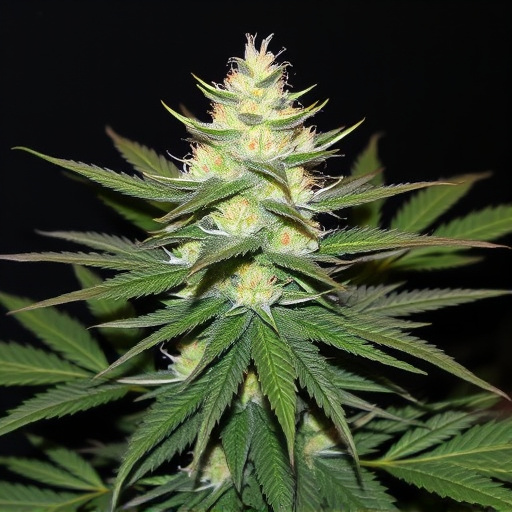
The visual appeal of cannabis sativa strains isn’t just skin deep; it’s a result of complex chemical interactions driven by specific pigments. Among these, anthocyanins, chlorophylls, and carotenoids play pivotal roles in imparting the striking purple, red, and blue hues observed in many strains. Anthocyanins, for instance, are water-soluble pigments responsible for shades of red, purple, and blue in plants. Their production is often triggered by environmental factors like light exposure and stress, contributing to the vibrant colors seen in cannabis flowers.
Chlorophylls, on the other hand, are green pigments that facilitate photosynthesis. While they’re dominant during the plant’s growth phase, their breakdown as the plant matures allows other pigments, including anthocyanins, to become more prominent. Carotenoids, a diverse group of pigments, offer a range of colors from yellow to orange and red. They play a crucial role in protecting plants from sunlight damage and are also involved in the production of vitamin A. Together, these pigments create the captivating hues that not only delight the eye but also provide insights into the plant’s health and development stage.
Environmental Factors Influencing Color Variation in Weed
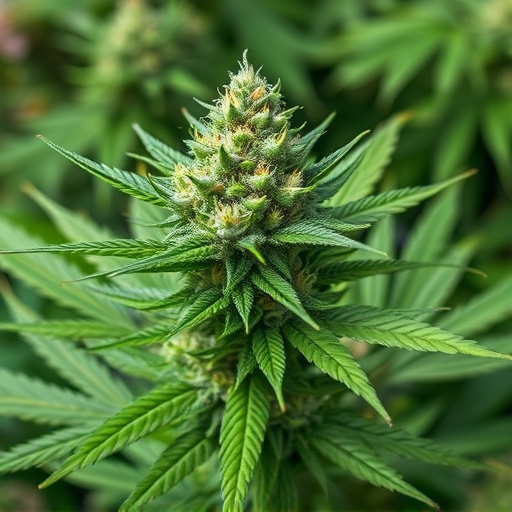
The appearance of cannabis plants, including their distinctive colors, is influenced by various environmental factors. In the case of purple, red, and blue hues in cannabis sativa strains, several elements play a crucial role. One primary factor is the presence of specific pigments known as anthocyanins, which are responsible for the reddish-purple to blue shades. These pigments are produced in response to environmental stimuli, such as varying light conditions and temperature fluctuations.
Additionally, genetic predisposition and soil composition contribute to color variation. Different cannabis strains have unique genetic makeup, leading to variations in pigment expression. Soil nutrient levels, particularly nitrogen, phosphorus, and potassium, can also impact the concentration and distribution of anthocyanins, further adding to the diverse range of colors seen in cannabis sativa plants.
In exploring what causes purple, red, and blue weed, we’ve delved into the intricate world of cannabis sativa strains and their genetic makeup. We’ve uncovered how pigments like anthocyanins, chlorophylls, and carotenoids play a pivotal role in these striking color variations. Moreover, understanding environmental factors has revealed their significant influence on the final hue. By combining genetic knowledge with ecological awareness, cultivators can better appreciate and harness the diverse beauty of cannabis sativa strains, showcasing nature’s remarkable artistry.
